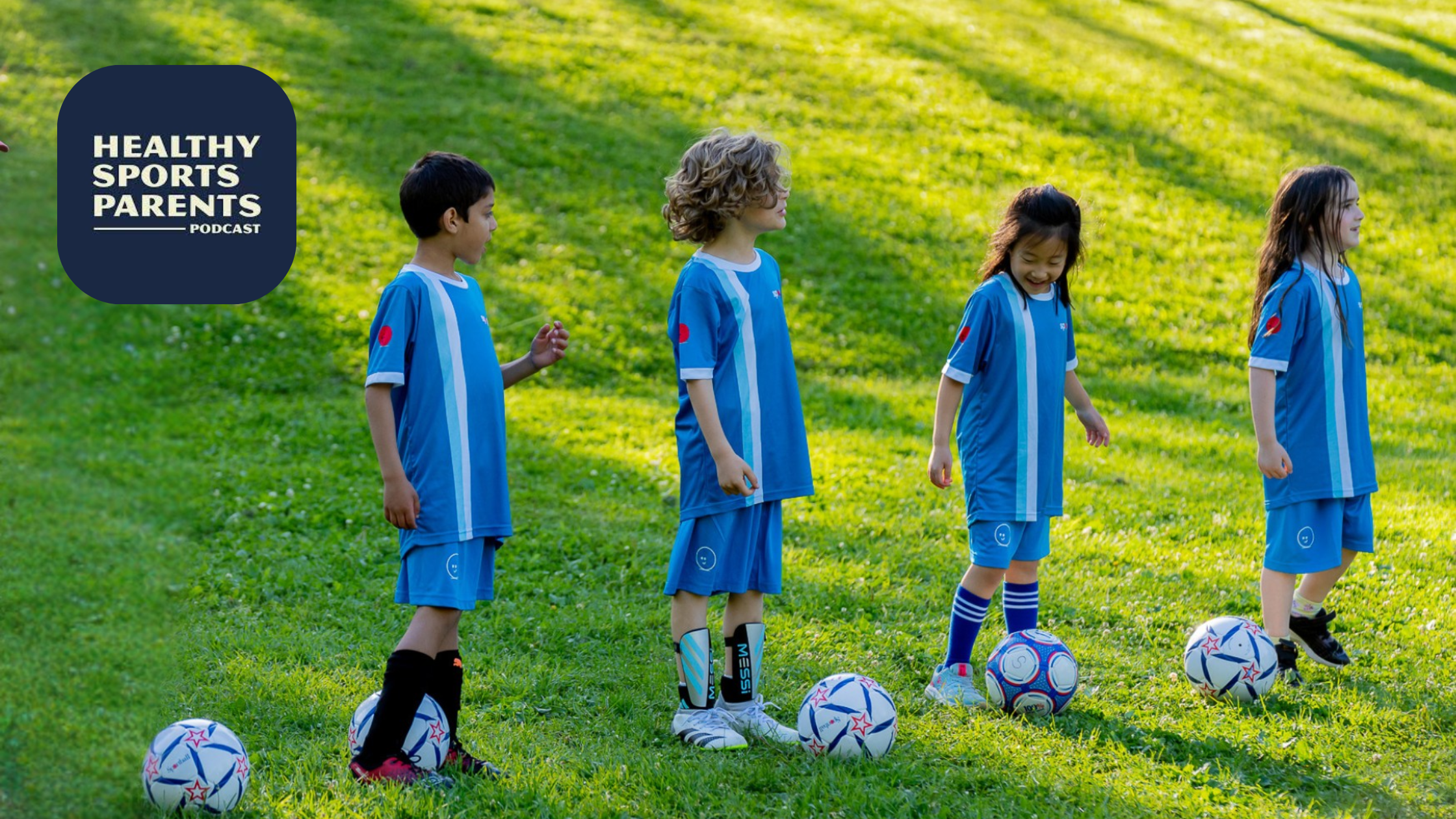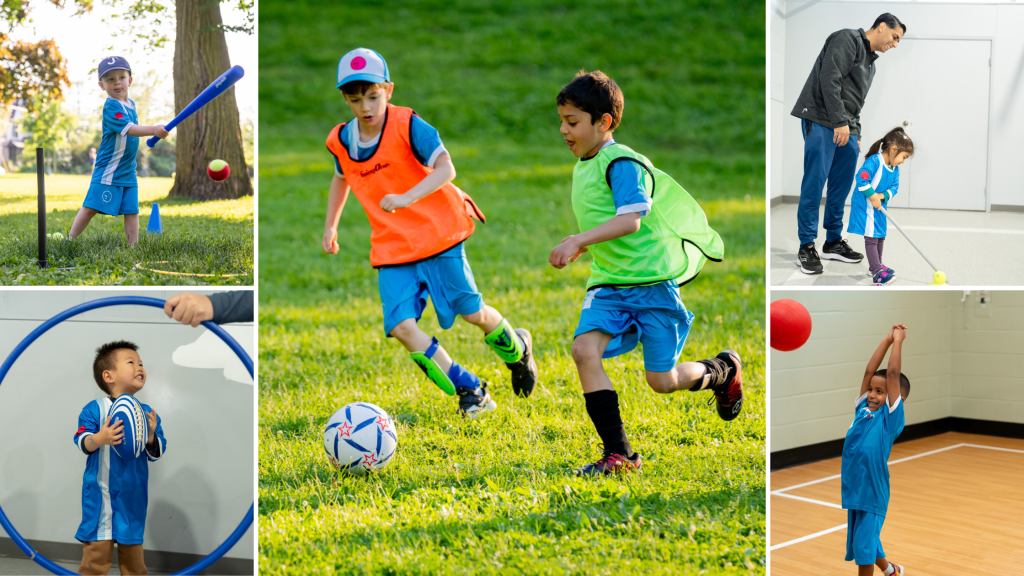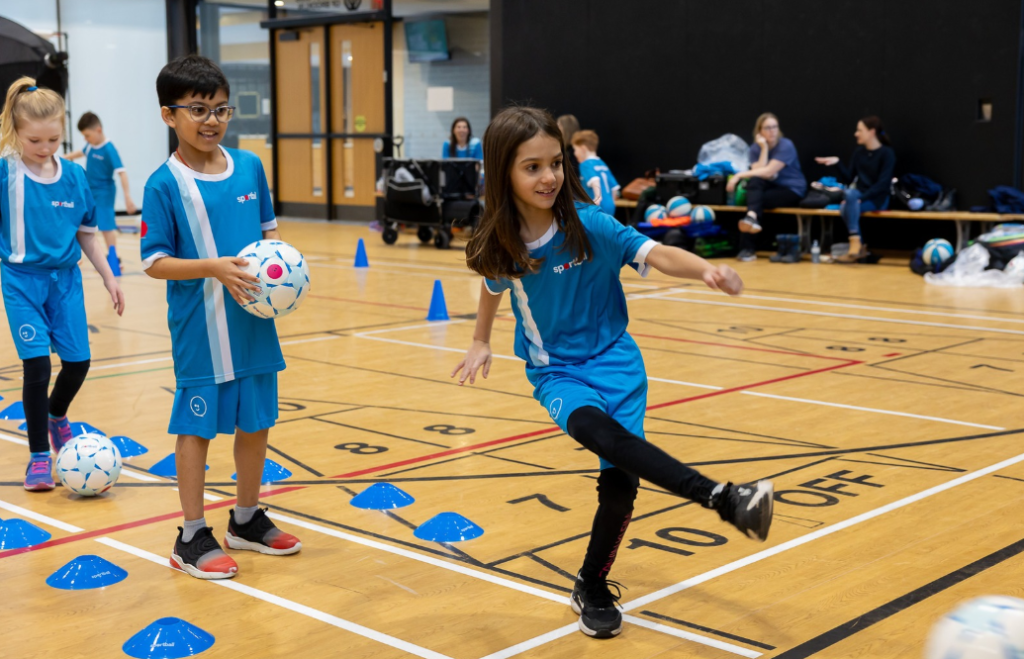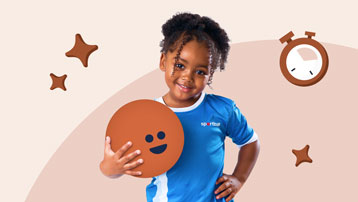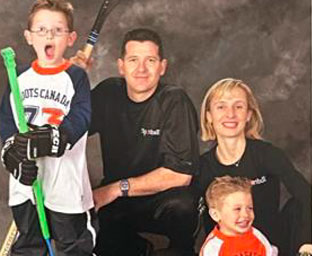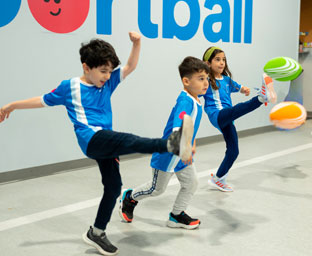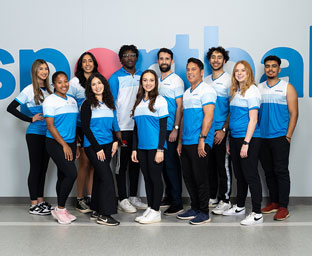Each year, millions of children participate in youth sports programs. And every year for the past two decades, 70% of students choose to quit their sport before reaching age 13.
That’s not a typo. Seventy percent.
While there has been study after study done to determine why kids quit, the reason behind this phenomenon is quite possibly the most basic reason you can imagine:
The game stopped being fun.
It makes sense, right? Children lose interest in activities when they no longer find them enjoyable. We do the same as adults.
So if kids quit sports because they’re not longer fun, we need to determine why the game they once loved playing is no longer bringing the same joy and fulfillment. I think it comes down to three reasons:
We make sports not fun when we focus too much on winning.
There’s nothing wrong with wanting to win. Competing is a good thing. It teaches kids the value of hard work, teamwork, and resilience. But when winning becomes the only thing or even the primary thing, kids experience pressure while playing. That pressure – especially at young ages – rips away the joy they initially had when they first started.
Dr. Amanda Visek from George Washington University has done some of the most well-known research on this. She has surveyed hundreds of kids ages 6-17 across multiple sports and competition levels trying to find out what made sports fun.
Winning ranked 48th.
When adults make everything about the scoreboard – when coaches constantly yell, when parents make the car ride home about all the things the kid could’ve done better, or when we treat our kids differently based on the result of the game – kids start to associate playing with disappointment or criticism. It’s no wonder they stop having fun when a game evokes such negative emotions.
We make sports not fun when we put too much pressure on kids to work hard.
Hard work is great. We all want our kids to work hard. But somewhere along the way, we started expecting young children to have fully developed work ethics that rivalled professional athletes. Instead of youth sports being a place where kids could fall in love with a game so much that they wanted to work hard and get better, we told kids they had to work hard to even be able to play.
And we’re not talking about teenagers here. We’re talking about elementary aged kids who still struggled to tie their cleats or carry the weight of their gear.
As much as we love motivational quotes about grinding and outworking everyone, we have to realize if a kid doesn’t love the sport first, the grinding and job-like nature of practice is going to outweigh their enjoyment of the sport.
And when they don’t enjoy the sport they stop wanting to play it.
Our role as parents and coaches isn’t to eliminate hard work. It’s to help kids develop a healthy relationship with it out of curiosity and growth, not obligation or fear.
We make sports not fun when we don’t teach the game in age-appropriate ways.
When my son was in first grade, we signed him up for his first organized basketball league. He loved playing basketball at home and was super excited to play with his friends.
It wasn’t until after the first practice that we realized the league was using a ball five inches bigger than recommended for his age group and a rim two feet too high.
The joy he had going into the season quickly changed to frustration. The kids couldn’t pass the ball very far because it was too heavy. They couldn’t make shots because the rim was too high. Games became an endless series of one-on-one where no one passed and the final score was 6-4.
My son – a kid who yells, “LeBron James!” whenever he tosses his underwear into his laundry basket – now associates organized basketball with boredom and frustration so much so that he doesn’t want to play this year in Grade 3 even though it’s a different league with more age appropriate rules. That one bad experience at 7-years-old has turned him off completely.
It might seem like something small and minute, but when we scale the game to the right ball size, field size, and skill level, we give kids a chance to actually succeed and associate the sport with success, not failure. That feeling is what keeps them coming back year after year.
So what do we do about it?
If we want kids to stay in sports, we have to focus on fun first.
That means:
- Prioritizing joy over results. Celebrate effort, teamwork, and hustle more than wins and losses.
- Keeping development in perspective. Every kid learns at their own pace. They’re not going to fall behind if they haven’t gotten it all figured out by the time they’re in Grade 2. Building the healthy habits and love of the game takes time and will be what propels them to a future in the sport.
- Designing experiences for kids, not adults. These kids aren’t pre-professionals. We have to adjust the rules, fields, and expectations to meet them where they are.
Youth sports have the potential to bring so many positive experiences to kids, but it’s up to us as adults to create safe, supportive spaces for them to learn how to compete, develop resilience, and fall in love with the sport.
At the end of the day, our goal isn’t to raise perfect athletes.
It’s to raise healthy, confident kids who look back and say, “That was fun. I want to play again next season.”

Jonathan Carone is the creator of Healthy Sports Parents, a podcast and social platform helping moms and dads lead their kids through youth sports without losing their minds. With a background in sport management, coaching, and student ministry, Jonathan brings 20 years of experience across every level of youth sports. Today, he’s focused on helping parents raise great humans, not just great athletes.
